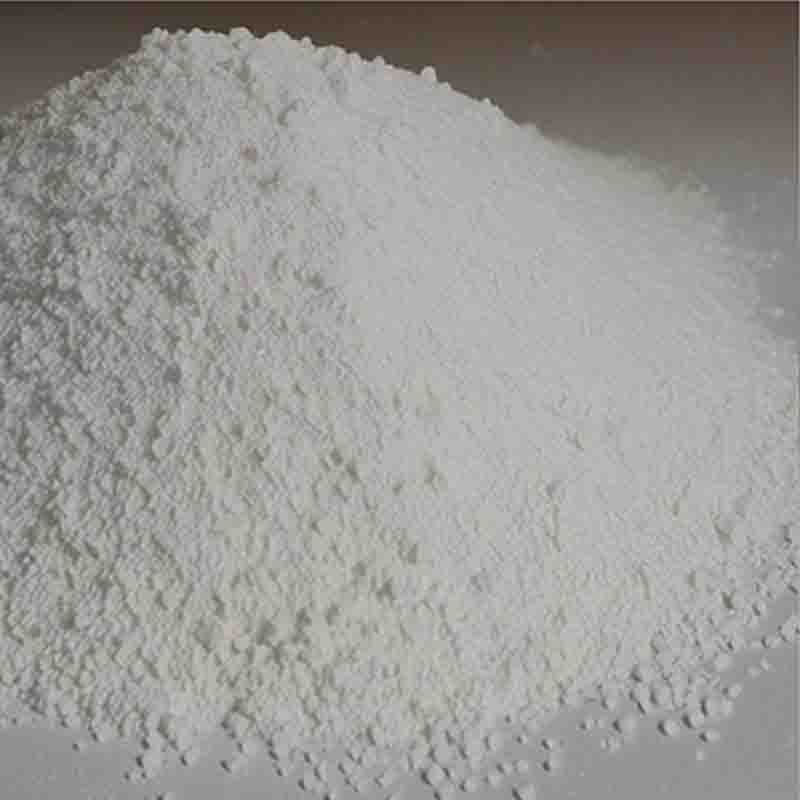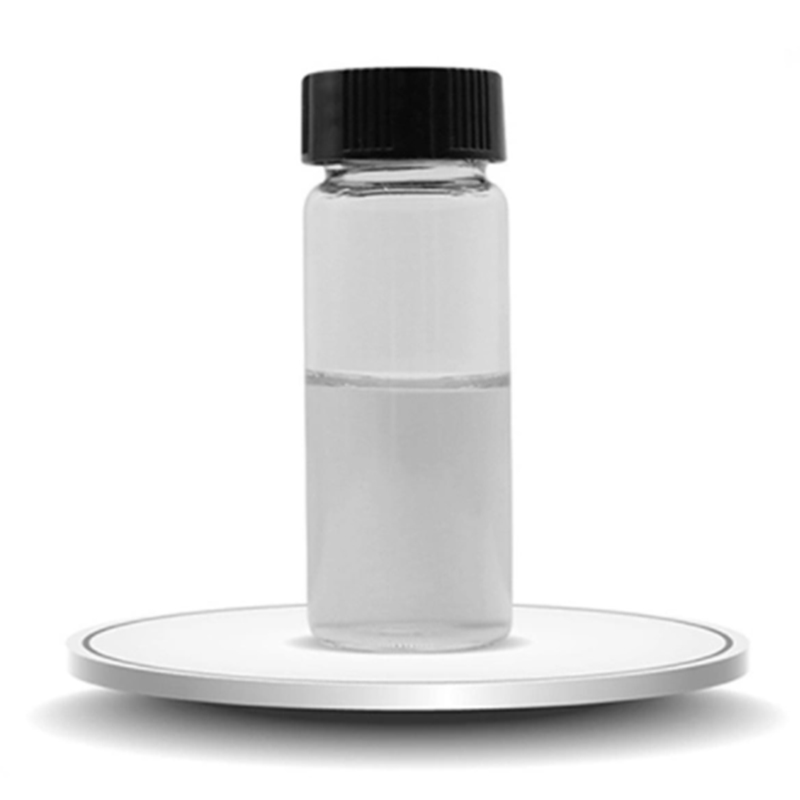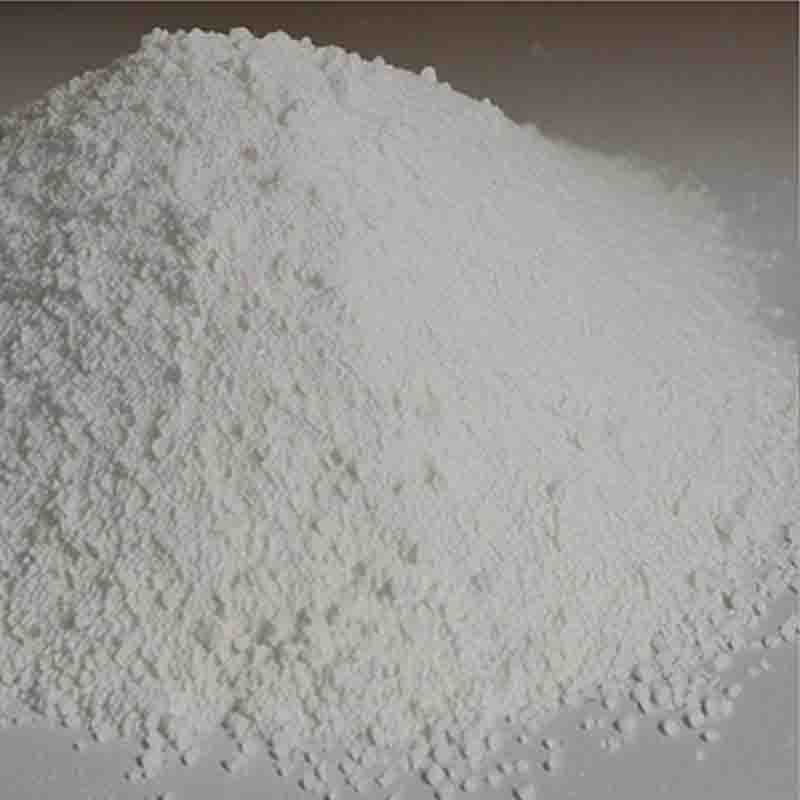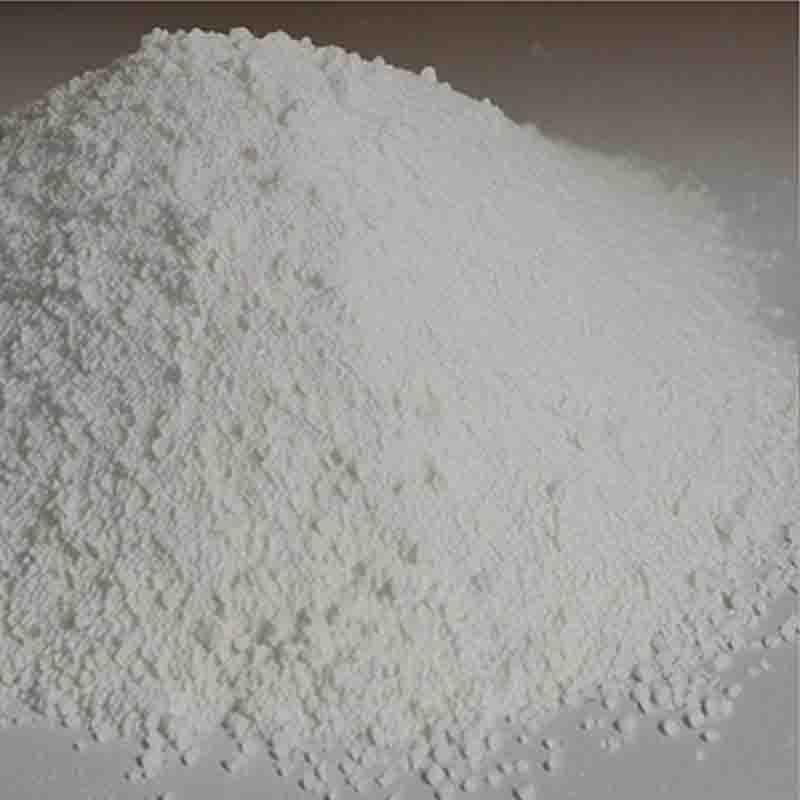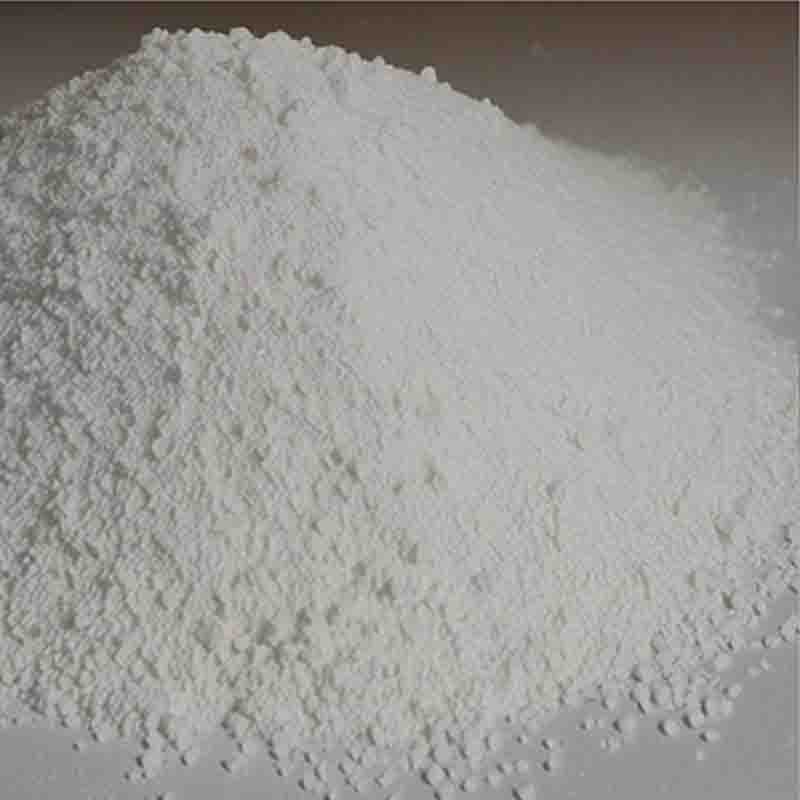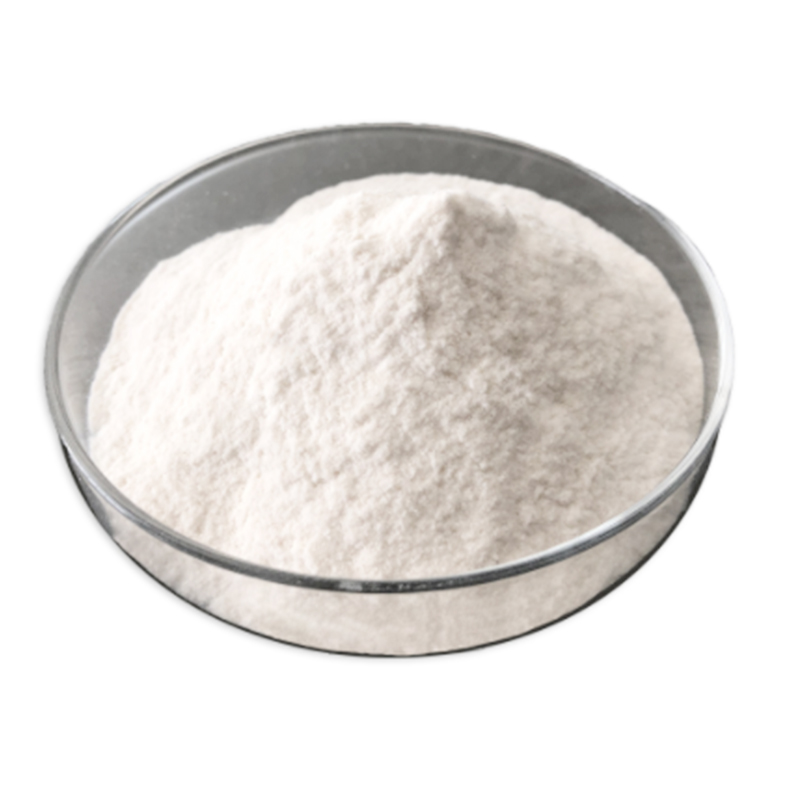2,3,5-Tribromothiophene CAS:3141-24-0
| Catalog Number | XD95019 |
| Product Name | 2,3,5-Tribromothiophene |
| CAS | 3141-24-0 |
| Molecular Formula | C4HBr3S |
| Molecular Weight | 320.83 |
| Storage Details | Ambient |
Product Specification
| Appearance | White powder |
| Assay | 99% min |
2,3,5-Tribromothiophene is a compound belonging to the thiophene family, in which three bromine atoms are attached to the thiophene ring at positions 2, 3, and 5. Let's explore the effects and applications of 2,3,5-tribromothiophene.One significant effect of 2,3,5-tribromothiophene is its high reactivity due to the presence of the bromine atoms. This reactivity allows for the synthesis of diverse derivatives and functionalized compounds using various chemical reactions. These derivatives find applications in several fields, including materials science, pharmaceuticals, and organic synthesis.In materials science, 2,3,5-tribromothiophene derivatives have been extensively studied for their electrical properties, making them suitable for use in organic electronics and optoelectronics devices. The bromine atoms increase the electron-withdrawing nature of the molecule, enhancing its charge-transporting abilities. This property makes 2,3,5-tribromothiophene derivatives valuable in organic field-effect transistors (OFETs), organic light-emitting diodes (OLEDs), and solar cells.Furthermore, 2,3,5-tribromothiophene derivatives have been utilized as building blocks for the synthesis of conducting polymers. Incorporating 2,3,5-tribromothiophene units into the polymer backbone helps improve the electrical conductivity, stability, and redox properties. These conducting polymers have applications in various electrochemical devices, such as batteries and supercapacitors, as well as in sensors and actuators.In pharmaceuticals, 2,3,5-tribromothiophene derivatives have shown potential as pharmacophores or functional molecules that can modulate biochemical processes. Researchers have explored its activity as an antimicrobial, anti-inflammatory, and antitumor agent. The bromine atoms present in 2,3,5-tribromothiophene derivatives contribute to their interactions with target proteins or receptors, increasing their specificity and effectiveness.Additionally, 2,3,5-tribromothiophene has been used as a precursor in the synthesis of various organic compounds. By utilizing its reactive bromine atoms, new molecules can be synthesized through substitution reactions, cross-coupling reactions, or other chemical transformations. These molecules find applications in the development of new drugs, agrochemicals, and advanced materials.Lastly, from an environmental perspective, 2,3,5-tribromothiophene is of interest due to its potential as an organocatalyst or catalyst precursor in environmentally benign processes. These processes aim to enhance chemical reactions or convert environmentally harmful compounds into more benign substances, reducing their impact on the environment.In conclusion, 2,3,5-tribromothiophene exhibits significant effects and has diverse applications in the fields of materials science, pharmaceuticals, organic synthesis, and environmental chemistry. Its reactivity and bromine atoms contribute to its importance as a building block for the synthesis of functionalized molecules and the development of advanced materials and technologies. Continued research on the properties and applications of 2,3,5-tribromothiophene will undoubtedly lead to further discoveries and advancements in these fields.


